Dazzling Supermoon of 2017 Wows Stargazers (Photos)
As the first and only supermoon of 2017 rose high into the sky this Sunday (Dec. 3), astrophotographers seized the opportunity to shoot the moon in all its bigger-than-usual glory.
A supermoon occurs when the moon's closest approach to Earth in its elliptical orbit happens around the same time that the moon is full. Sunday's supermoon reached its fullest phase at 10:47 a.m. EST (1547 GMT), but the moon didn't actually reach perigee — the point closest to Earth – until about 17 hours later.

With the moon approaching perigee, night sky photographers set out to shoot the big, glowing satellite this weekend. Supermoons can appear up to 14 percent larger in the sky than the average full moon, with the lunar surface reflecting up to 30 percent more sunlight. But for most skywatchers, the supermoon probably looked about the same as any other full moon. [Supermoon 2017 Photos by Stargazers]
While it may be difficult for casual skywatchers to notice anything unusual about the supermoon, astrophotographers can really make the supermoon shine: Longer telephoto lenses can make the moon appear especially huge against a backdrop.
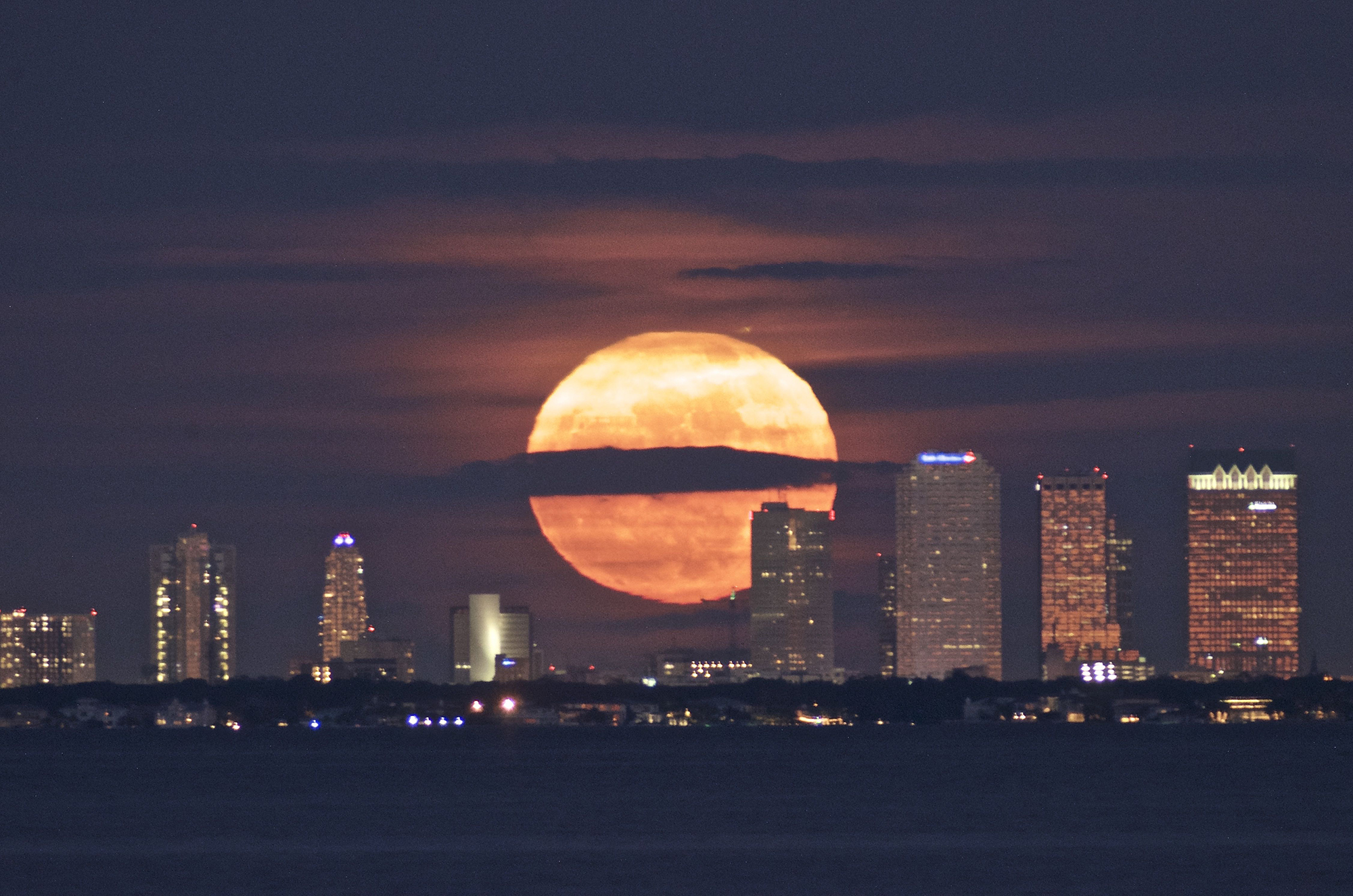
In another optical-illusion image, photographer Jacob Zimmer captured an especially gigantic-looking supermoon on Sunday as it rose over the skyline of Tampa, Florida. Zimmer stood miles away on the other side of Tampa Bay in St. Petersburg, Florida, to capture this impressive view of the supermoon.
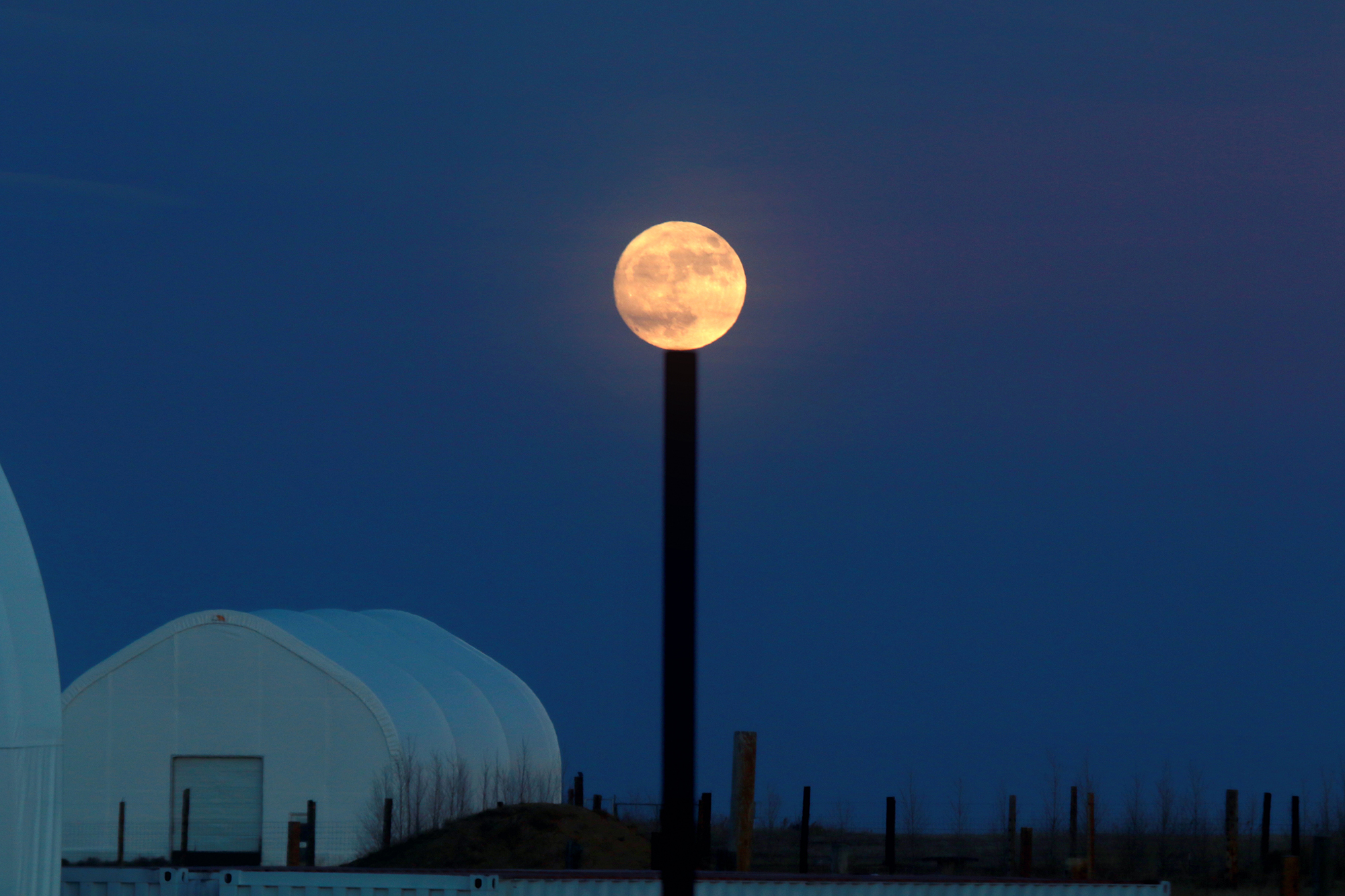
Another astrophotographer, Gandhi Kumar, used the supermoon to create the illusion of a supermoon on a stick. Kumar photographed the supermoon near Boulder, Colorado.
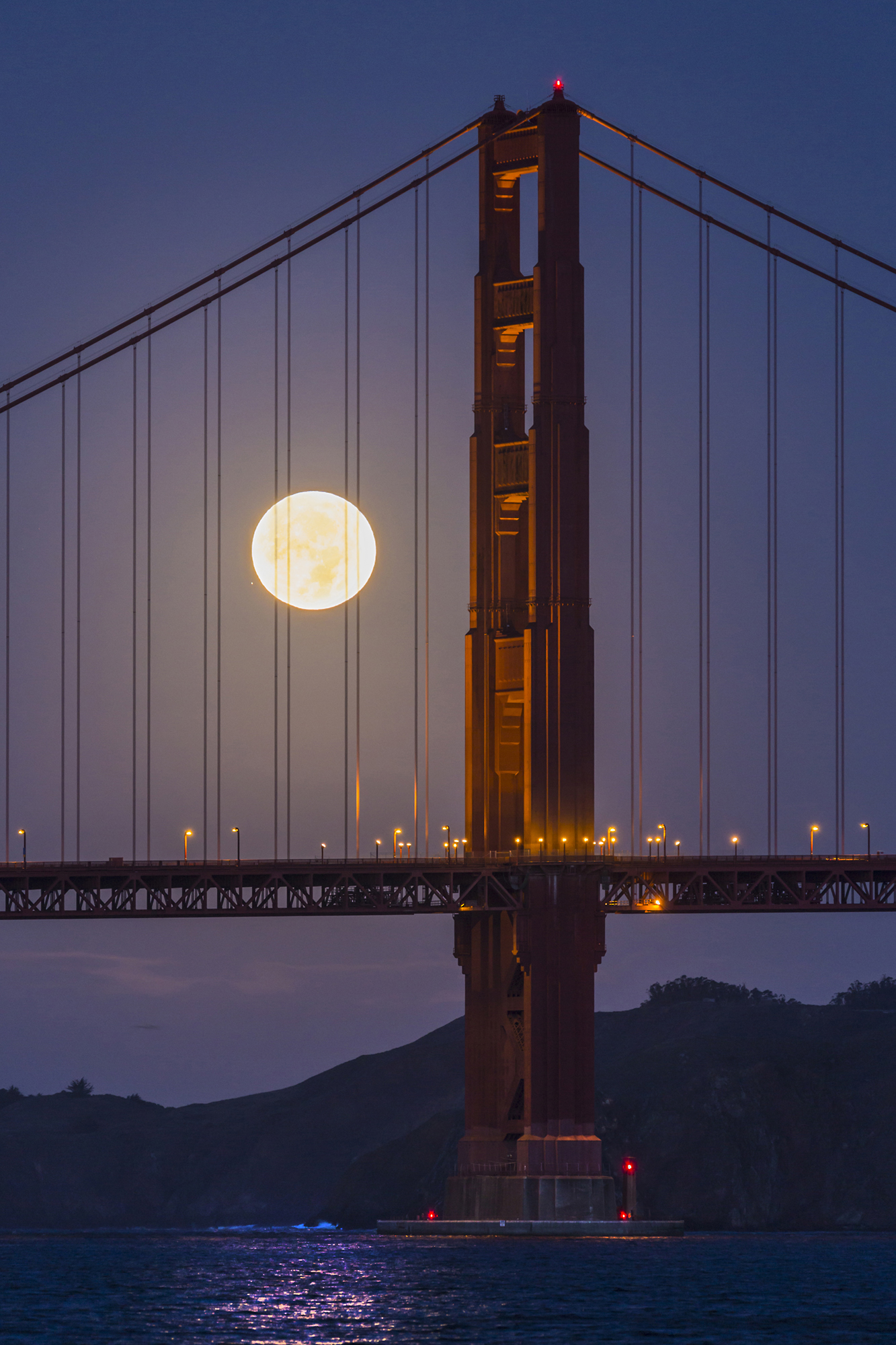
On the West Coast, astrophotographer Kwong Liew captured the bright supermoon setting behind San Francisco's Golden Gate Bridge early Sunday morning.
Get the Space.com Newsletter
Breaking space news, the latest updates on rocket launches, skywatching events and more!
Even astronauts at the International Space Station had a chance to photograph the supermoon from a unique vantage point of 250 miles (400 kilometers) above Earth. NASA astronaut and Expedition 53 Cmdr. Randy Bresnik shared a breathtaking view of the supermoon rising beside a cloud-covered planet Earth.
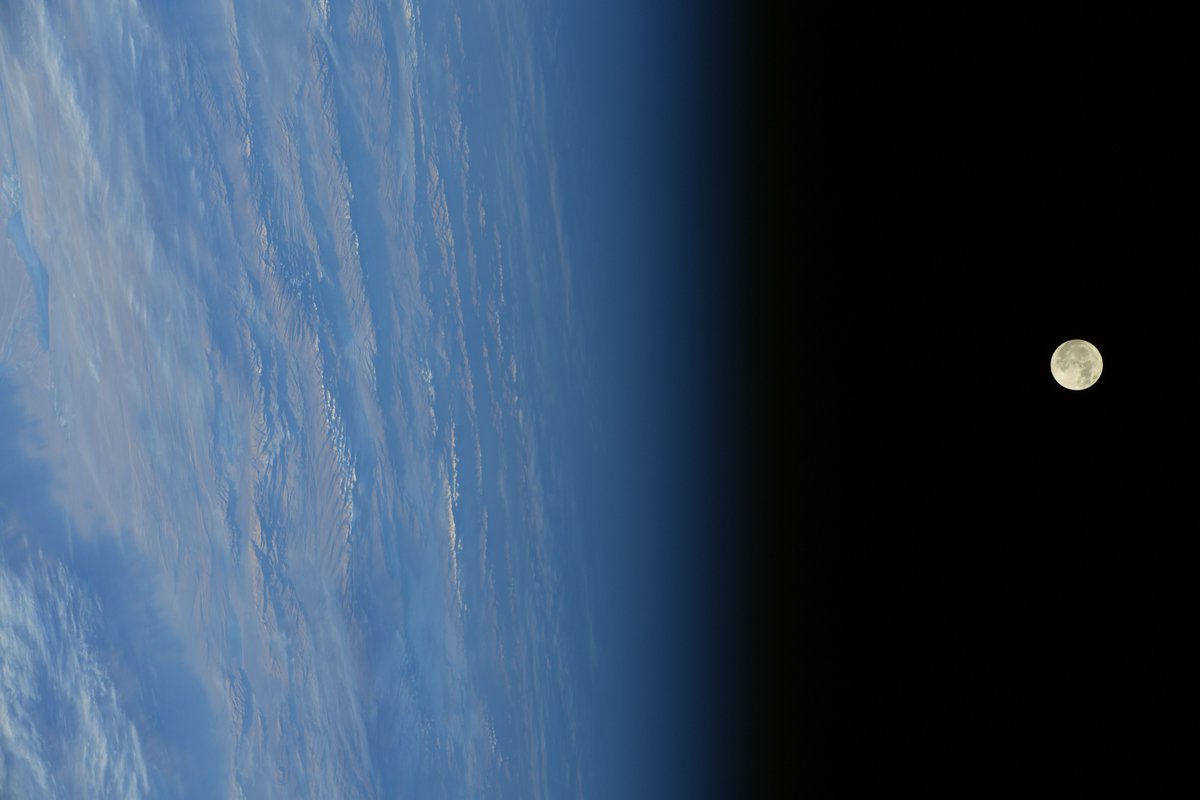
If you missed December's supermoon, don't worry — there are two more supermoons coming up in January, and one of them will coincide with a lunar eclipse.
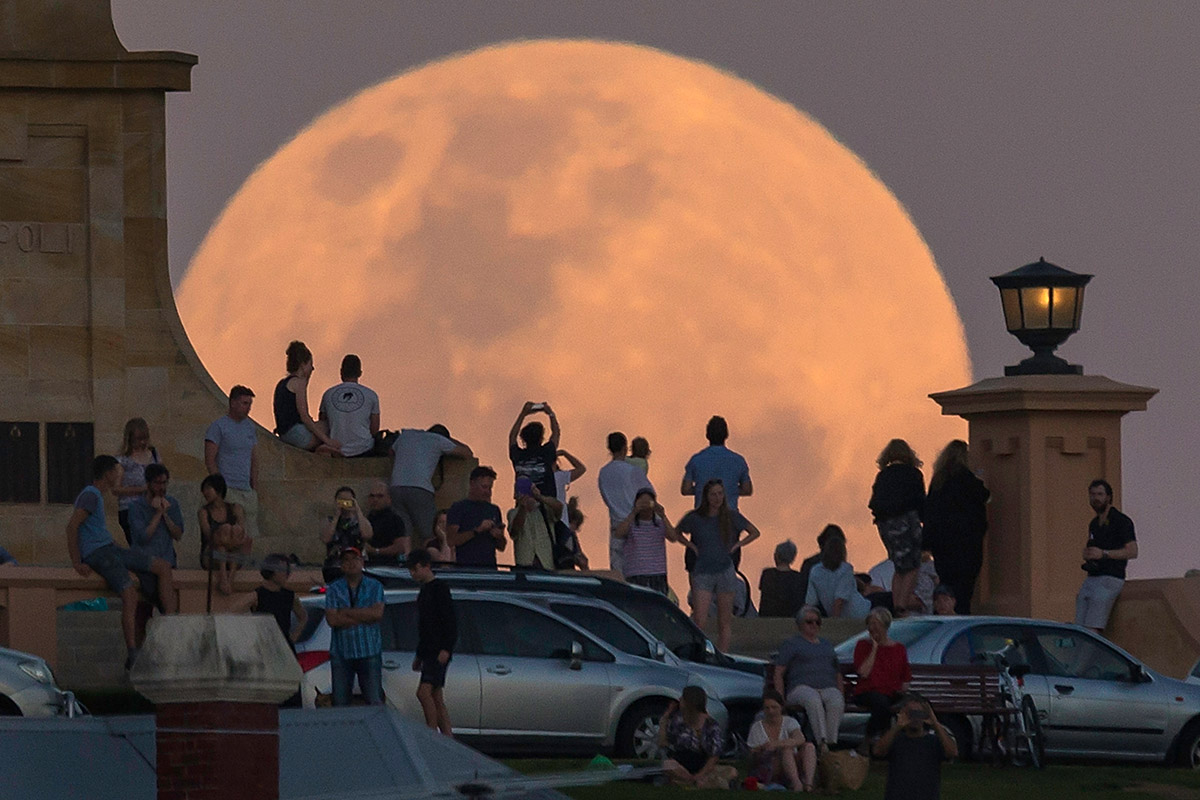
Editor's note: If you capture a great shot of the supermoon or any other night sky view that you would like to share with Space.com for a possible story or gallery, send images and comments in to: spacephotos@space.com.
Email Hanneke Weitering at hweitering@space.com or follow her @hannekescience. Follow us @Spacedotcom, Facebook and Google+. Original article on Space.com.
Join our Space Forums to keep talking space on the latest missions, night sky and more! And if you have a news tip, correction or comment, let us know at: community@space.com.

Hanneke Weitering is a multimedia journalist in the Pacific Northwest reporting on the future of aviation at FutureFlight.aero and Aviation International News and was previously the Editor for Spaceflight and Astronomy news here at Space.com. As an editor with over 10 years of experience in science journalism she has previously written for Scholastic Classroom Magazines, MedPage Today and The Joint Institute for Computational Sciences at Oak Ridge National Laboratory. After studying physics at the University of Tennessee in her hometown of Knoxville, she earned her graduate degree in Science, Health and Environmental Reporting (SHERP) from New York University. Hanneke joined the Space.com team in 2016 as a staff writer and producer, covering topics including spaceflight and astronomy. She currently lives in Seattle, home of the Space Needle, with her cat and two snakes. In her spare time, Hanneke enjoys exploring the Rocky Mountains, basking in nature and looking for dark skies to gaze at the cosmos.









